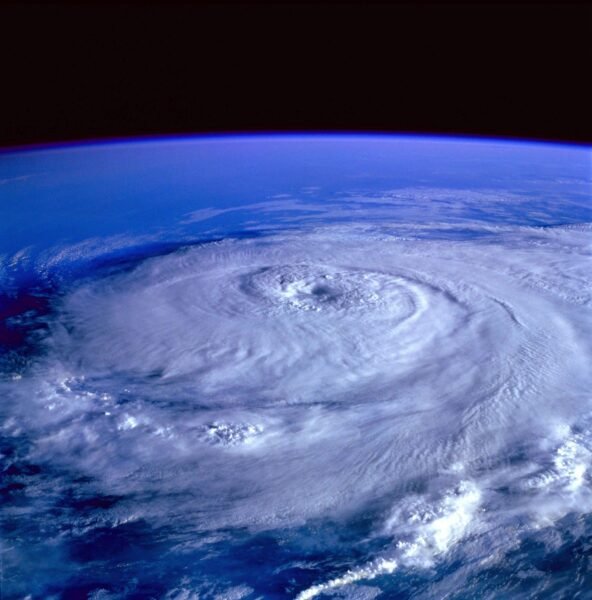Hurricane Milton’s Impact on Florida’s Insurance Industry
As Hurricane Milton barrels toward Florida, insurance experts are closely tracking its potential impact. Hurricane Milton’s Impact on Florida’s Insurance Industry. With pre-landfall estimates forecasting losses exceeding $20 billion, there is much speculation about the aftermath of this storm, including its effects on the reinsurance market and the future of Florida’s insurance system.
Amid the flood of commentary from industry insiders, some suggest the storm could reshape Florida’s insurance landscape for years to come. Let’s explore some of the key predictions from prominent industry analysts and experts.
The $20 Billion-Plus Loss Event
Hurricane Milton has been likened to some of the most destructive storms in U.S. history. Analysts from Keefe, Bruyette & Woods (KBW) have predicted that insurance industry losses from Milton will likely exceed $10 billion, and perhaps surpass $25 billion. Other experts, such as Ian Gutterman, founder and CEO of Informed Group Inc., have raised the possibility of even more extreme scenarios, with insured losses potentially reaching between $50 billion and $100 billion.
Gutterman warns that a loss figure under $25 billion “seems optimistic.” He predicts the storm could lead to the collapse of thinly capitalized Florida insurers, the dissolution of the Florida Hurricane Catastrophe Fund (FHCF), and a significantly weakened but surviving state-backed insurer, Citizens Property Insurance Corp.
A Crisis in the Reinsurance Market?
Reinsurance is a vital part of the insurance ecosystem, particularly in Florida, where property insurers rely heavily on reinsurers to spread out their risk. KBW analysts indicated in recent research notes that Milton could become a pivotal event for the reinsurance market. If losses escalate beyond $20 billion, reinsurers might face significant financial exposure, which could prompt higher reinsurance costs for Florida insurers.
Andrew Siffert, senior meteorologist at BMS Group, also believes Milton could reshape Florida’s insurance market for years. In his recent Tropical Update, he noted that Milton is likely to be at least a $20 billion event based on catastrophic modeling and historical comparisons to the 1921 Tampa Bay hurricane, which would cause over $25 billion in losses today.

Potential Insolvencies and Market Collapse
In addition to rising reinsurance prices, Gutterman predicts that many of Florida’s smaller insurers may not survive the storm’s financial fallout. Hurricane Milton’s Impact on Florida’s Insurance Industry. These insurers, often operating on thin capital, may face insolvency if their reinsurance coverage proves inadequate to handle such a significant loss event. Should this happen, Florida’s insurance market could be plunged into turmoil, with fewer available policies and skyrocketing rates.
Gutterman warns that the failure of the FHCF, coupled with an overwhelmed Citizens Property Insurance Corp., could force Florida regulators to enact dramatic changes. He even suggests that the federal government could temporarily step in to backstop the state’s struggling insurance market, potentially “nationalizing” the risk of Florida homeowners. This scenario, while extreme, highlights the precarious situation that the state’s insurance system faces in the wake of Hurricane Milton.
The Path Forward: Market Recovery or Government Intervention?
As Milton looms, many questions remain unanswered. Could Milton become a $50 billion or even a $100 billion event? Will insurers and reinsurers raise rates so high that Florida becomes uninsurable? Will the federal government have to intervene to stabilize the market?
These uncertainties underscore the fact that Florida’s insurance system is at a crossroads. Should the state experience a catastrophic loss from Hurricane Milton, regulators, insurers, and reinsurers will need to come together to craft solutions that can restore stability to the market. Whether that involves price hikes, systemic overhauls, or even temporary federal intervention, one thing is certain: the landscape of Florida’s insurance industry may never look the same.

